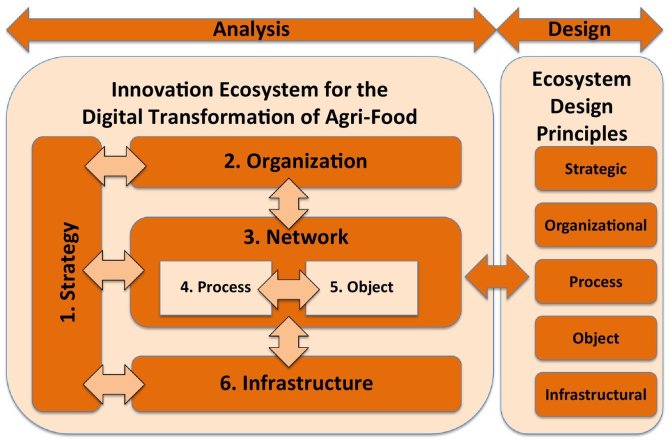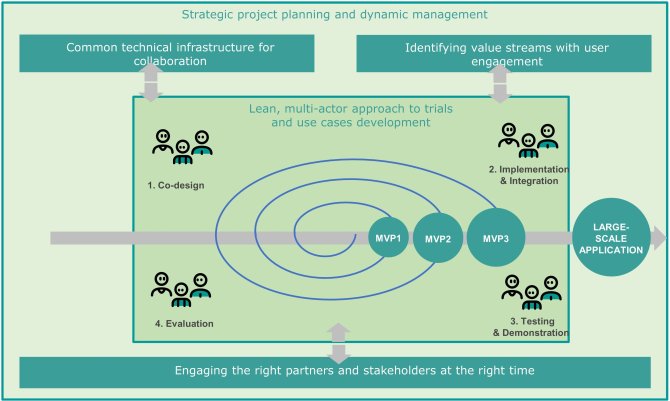
News
Digital Innovation Ecosystems in agri-food
The paper ‘Digital Innovation Ecosystems in agri-food ‘by Sjaak Wolfert, Cor Verdouw, Lan van Wassenaer, Wilfred Dolfsma and Laurens Klerkx presents an empirically informed framework for analysing and designing viable, sustainable digital innovation ecosystems in the agri-food domain.
Nowadays, digital technology play a major role in innovation in the agri-food domain. The evolution of IT systems has reached a stage where complex systems can be integrated, as can business ecosystems in which many stakeholders in different roles are involved. A new paradigm for digital innovation is needed that can handle this increased complexity.
Digital innovation in agri-food systems has become more complex because of developments that have led to a ‘system of systems’ mentality, which accounts for both technical and organisational aspects. An integrative ecosystems approach is required to address this challenge. Until now, most literature on digital innovation ecosystems has been somewhat conceptual and has focused on sectors other than agri-food. However, a great deal of practical experience has been gained from European innovation projects in agri-food.
A few highlights
Under the IoF2020 project, a series of six largescale EU have been were completed in the last ten years, with a total of € 73 million in funding. Over this decade, a substantial ecosystem of organisations, consisting of public and private, small and big players, has been built. These organisations have been connected through digital innovations. Wageningen University & Research has played an important coordinating role, and Economic Research in particular. This paper analyses six large scale projects using a conceptional framework (Fig. 1). This framework was created to determine the key factors in constructing a digital innovation ecosystem.

An integrated technical and socio-economic approach
Based on this framework, design principles were identified that form the basis of an approach for setting up and organising digital innovation ecosystems as shown below in Fig. 2.

This approach can be used to integrally tackle technical and socio-economic aspects in use-case projects where there is a clear goal in sight. Use-case projects are set up by a lean multi-actor approach in which all relevant actors co-create a series of minimum viable products (MVPs), step-by-step, with the intention of moving toward large-scale application. To make applications scalable, a common technical infrastructure for collaboration should be used, in the shape of software, data platforms and standards.
Business modelling, governance and ethical issues
While innovating, possible business and governance models should developed that add value to solutions and make them ready for the market. Ethical issues like information asymmetry and shifting power relations also need to be tackled. At the same time, the right participants should be involved, working together on the basis of trust. As the work continues, more parties can be involved, and additional funding can be found. To make this approach work, strategic project planning and dynamic project management are necessary to adapt to rapid changes in the market.
60 use-case projects
A vibrant digital innovation ecosystem was established with more than 60 use-case projects set up all over Europe, involving hundreds of different players and supported by organisations from research, consultancy and the technology sector. In the follow-up project, SmartAgriHubs, this ecosystem will be sustained by including digital innovation hubs that foster the innovation process at a local level, in the proximity of farmers. At the same time, the digital information hubs will help participants form networks that stimulate synergies between multiple use-case projects to enhance learning and help people avoid reinventing the wheel several.
We invite other digital innovation projects to use this analytical framework to derive additional learning points and design principles. These can be used by public and private investors to set up and enhance new projects.